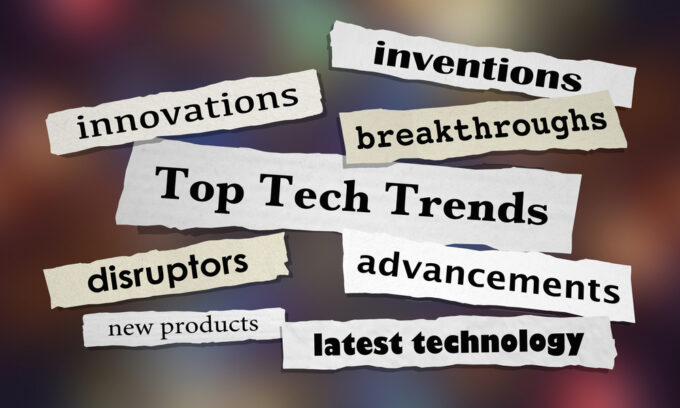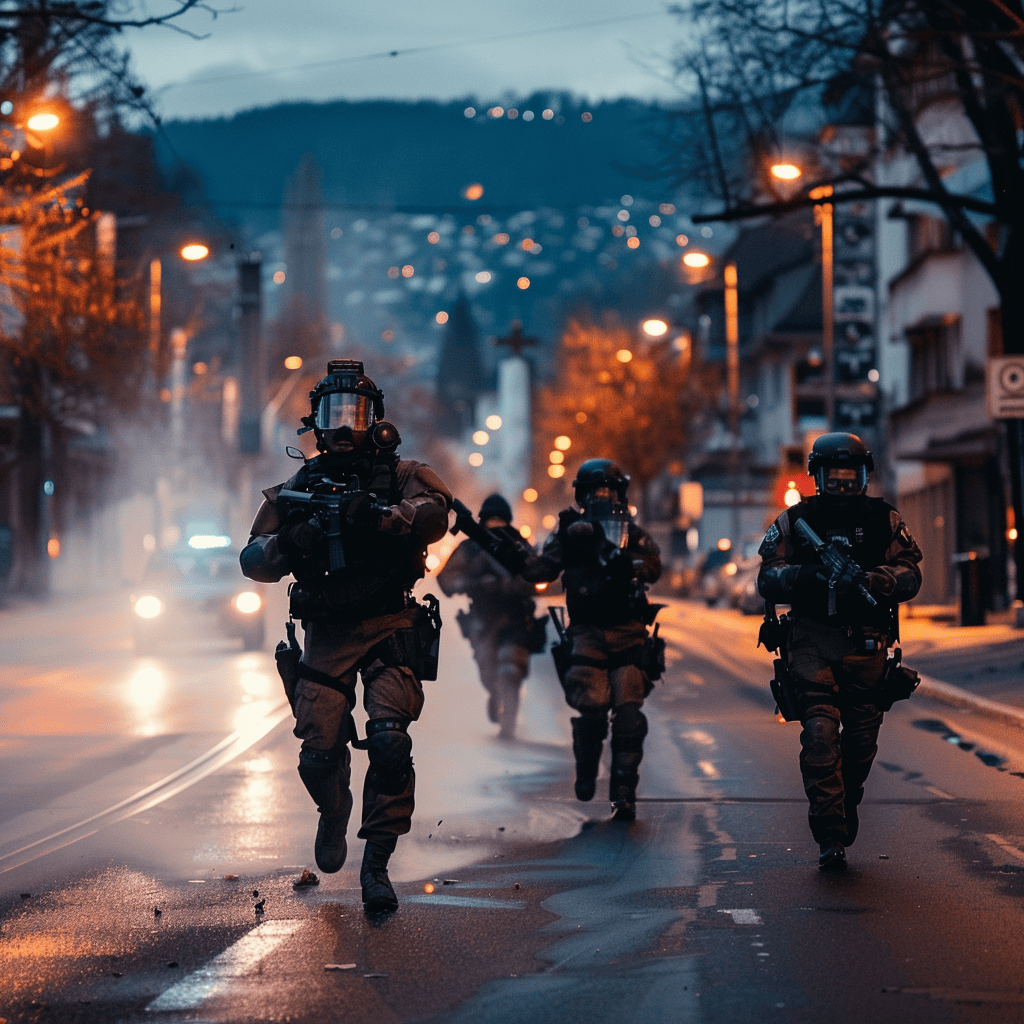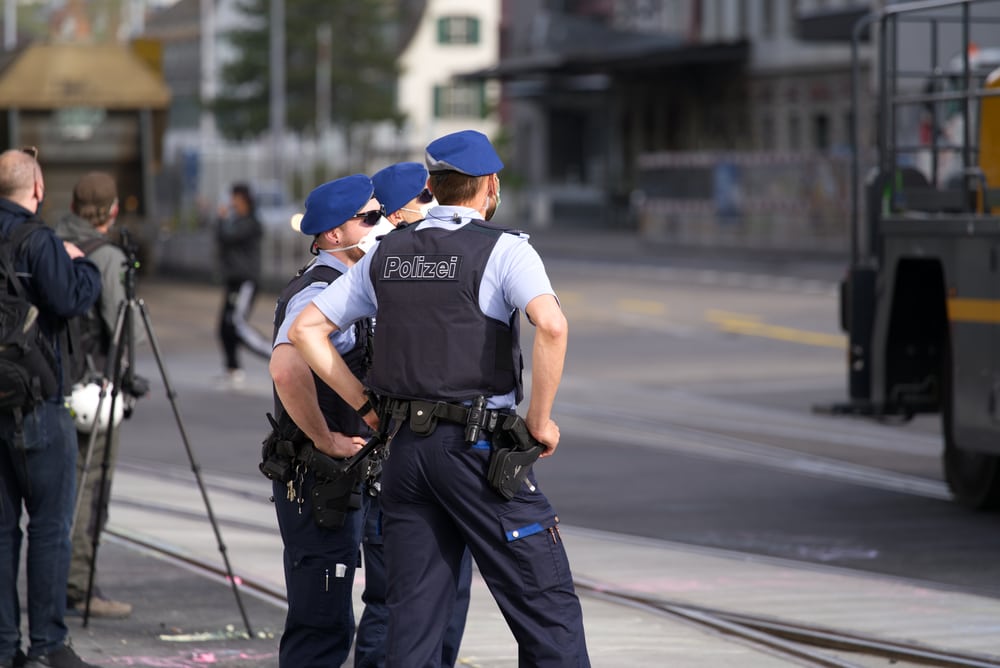Security sector: five important tech trends
Technological changes and innovations in the security industry will continue to progress rapidly this year. Axis has analyzed five key technology trends for 2024.

As always, the trends bring both opportunities and challenges for manufacturers, system integrators and end customers working in the security sector. Here are the five tech trends that Axis Communications has analyzed:
The potential of generative artificial intelligence (AI)
2023 was the year that large language models (LLMs) entered the public consciousness as the basis for generative AI. Every company is exploring potential use cases for generative AI, and the security industry is no exception. According to Axis, we will see applications based on the use of LLMs and generative AI in 2024. These are likely to include operator assistants and interactive customer support. The former will help companies to interpret video footage more accurately and efficiently. The latter provides useful and actionable answers to customer queries. Furthermore, generative AI has already proven its value in software development, which will prove beneficial across the security sector. However, users and companies should also be aware of the risks and potential pitfalls of generative AI. There will still be discussions about which models should be used, for example whether open source models should be preferred over proprietary ones. Under no circumstances should this discourse simply be ignored.
Efficient solution management through hybrid architecture
Hybrid solution architectures are becoming the new standard for security solutions, as they combine the advantages of On-Premise-The new solution combines cloud, cloud and edge technologies, making it more accessible for both providers and users and offering more flexibility in the management of individual system components. Functions are used more efficiently in this way and can be adapted to the individual use cases and needs of the user instead of reflecting the preferred structure of the provider. The emerging use cases for AI support and automation can also be mapped more flexibly and efficiently in this way.
Security and protection are viewed in a more differentiated way
Up to now, security and safety have often been considered together as a single topic. In future, more differentiation will be made according to the respective use cases: Security means the prevention of intentional, damaging actions - burglary, vandalism, assaults on people, etc. - while protection is aimed at unintentional dangers to people, property and the environment. Protection will become increasingly relevant in the future, as factors such as climate change and the resulting extreme weather conditions as well as stricter regulation with regard to health and safety guidelines pose ever greater risks and challenges for companies in their day-to-day business.
In the future, video solutions will be used even more in companies to ensure compliance with health and safety guidelines and as part of safe working practices, such as wearing the prescribed personal protective equipment (PPE). In the event of incidents, the video solution will be an increasingly useful and important tool for analysis.
Public regulation and compliance are becoming technology drivers
In the areas of AI, cyber security, sustainability and corporate governance, the development, implementation and use of new technologies will increasingly be driven and guided by regulatory requirements. Compliance with these legal requirements will become a key factor for the long-term competitiveness of companies in the future due to the increasing international integration of markets. In order to achieve this, providers and users must work closely together, as trust, transparency and compliance are increasingly required across the entire value chain. Geopolitics and trade relations between nation states are also leading to regulations that demand transparency down to component level if suppliers want to retain a license to operate in key international markets.
The focus is increasingly on the overall system
When considering the various aspects of a security system, the overall perspective will become more important in future, as this is the only way to drive forward innovations that not only improve individual components on their own, but the system as a whole. At the same time, the costs of individual system components - such as the ecological footprint of a single camera - will no longer be considered, but rather the total cost of ownership of a system. A stronger focus on these costs - financial, ecological and social - and their transparent presentation will make it increasingly difficult for providers to view these costs in isolation from their own value chain and that of their customers.
Source: Axis









